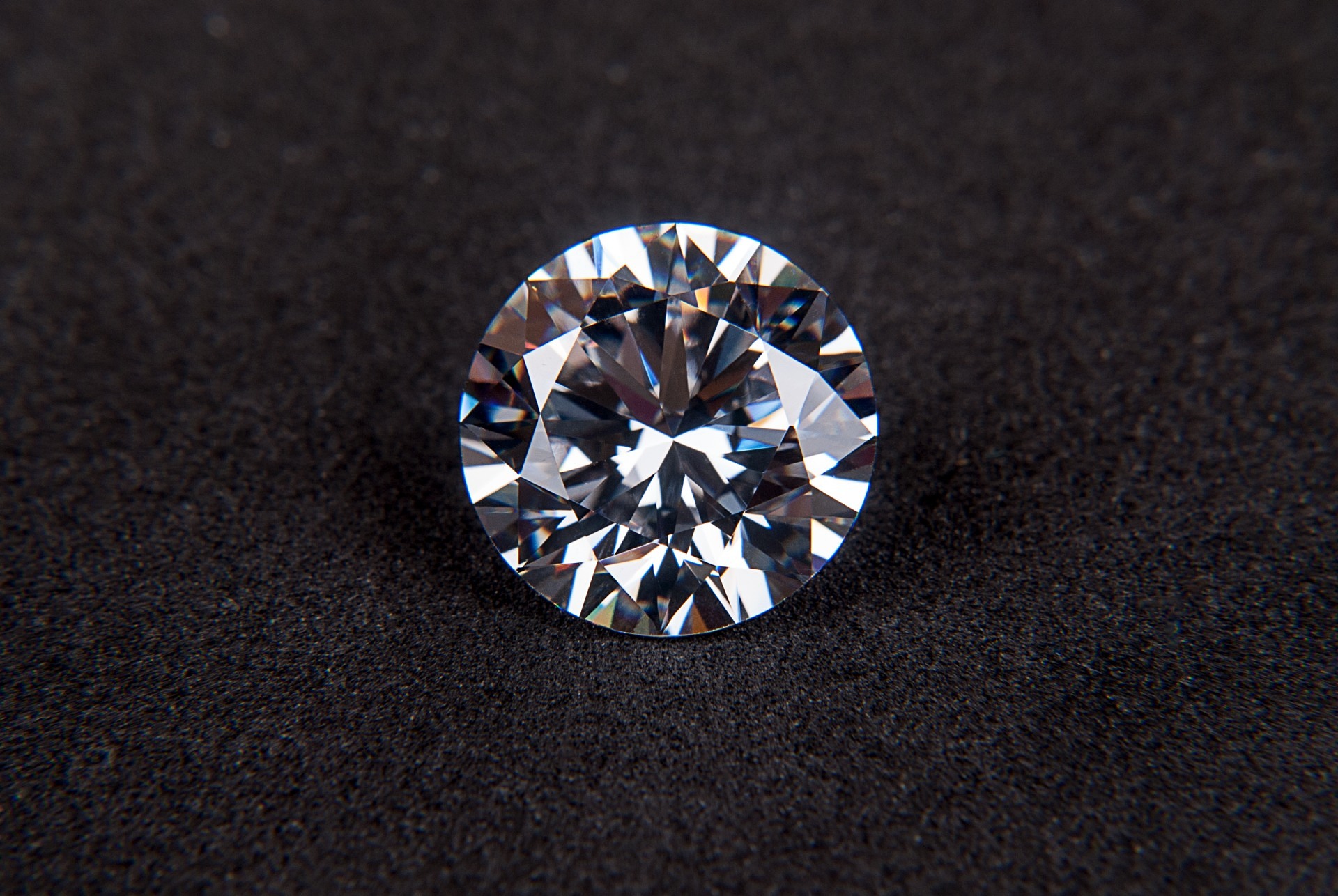How Lab-Grown Diamonds Are Changing the Jewelry Industry
Lab-grown diamonds have taken the jewelry world by storm, offering a sustainable and affordable alternative to mined diamonds. These man-made gems possess the same physical, chemical, and optical properties as their natural counterparts, making them an increasingly popular choice for consumers. As technology advances, the production of lab-grown diamonds has become more sophisticated, resulting in high-quality stones that are virtually indistinguishable from mined diamonds.

The Science Behind Lab-Grown Diamonds
The creation of lab-grown diamonds involves replicating the natural diamond formation process in a controlled environment. Two primary methods are used: High Pressure High Temperature (HPHT) and Chemical Vapor Deposition (CVD). HPHT mimics the conditions deep within the Earth, using extreme pressure and heat to transform carbon into diamond crystals. CVD, on the other hand, involves growing diamond layers from a hydrocarbon gas mixture in a chamber.
Comparing Lab-Grown and Natural Diamonds
While lab-grown diamonds share the same physical and chemical properties as natural diamonds, there are some key differences. The most significant distinction lies in their origin and formation process. Natural diamonds form over millions of years beneath the Earth’s surface, while lab-grown diamonds are created in a matter of weeks or months. This difference in production time contributes to the lower cost of lab-grown diamonds.
Environmental and Ethical Considerations
One of the main advantages of lab-grown diamonds is their minimal environmental impact compared to traditional diamond mining. The production process requires less energy and water, and doesn’t involve extensive land excavation. Additionally, lab-grown diamonds are conflict-free, addressing concerns about the ethical sourcing of natural diamonds from regions affected by war or human rights violations.
Quality and Certification of Lab-Grown Diamonds
Lab-grown diamonds undergo the same grading process as natural diamonds, evaluated based on the 4Cs: cut, color, clarity, and carat weight. Reputable gemological laboratories, such as the Gemological Institute of America (GIA), provide certification for lab-grown diamonds, ensuring their quality and authenticity. These certifications also help distinguish lab-grown diamonds from natural ones, maintaining transparency in the market.
The Future of Lab-Grown Diamonds in Jewelry
As technology continues to advance, the quality and availability of lab-grown diamonds are expected to improve further. This progress may lead to even more affordable options for consumers seeking high-quality diamond jewelry. The growing acceptance of lab-grown diamonds in the market is also influencing traditional jewelry brands to incorporate these stones into their collections, expanding choices for consumers.
Lab-Grown Diamond Market: Providers and Cost Comparison
The lab-grown diamond market has seen significant growth, with several providers offering a range of products. Here’s a comparison of some leading lab-grown diamond providers and their cost estimates:
| Provider | Product Range | Cost Estimation (per carat) |
|---|---|---|
| Brilliant Earth | Engagement rings, loose diamonds | $800 - $3,000 |
| Clean Origin | Engagement rings, fashion jewelry | $700 - $2,800 |
| James Allen | Loose diamonds, custom jewelry | $850 - $3,200 |
| Vrai | Engagement rings, fine jewelry | $900 - $3,500 |
Note: These cost estimations are approximate and may vary based on specific diamond characteristics and market conditions. It is encouraged to conduct independent research for the most up-to-date pricing information.
Lab-grown diamonds offer a compelling alternative to natural diamonds, providing consumers with ethically sourced, environmentally friendly, and more affordable options. As the technology behind their creation continues to evolve, lab-grown diamonds are poised to play an increasingly significant role in the jewelry industry. Whether for engagement rings, fashion jewelry, or investment purposes, lab-grown diamonds present a modern solution that aligns with both aesthetic desires and ethical considerations.
The shared information of this article is up-to-date as of the publishing date. For more up-to-date information, please conduct own research.




